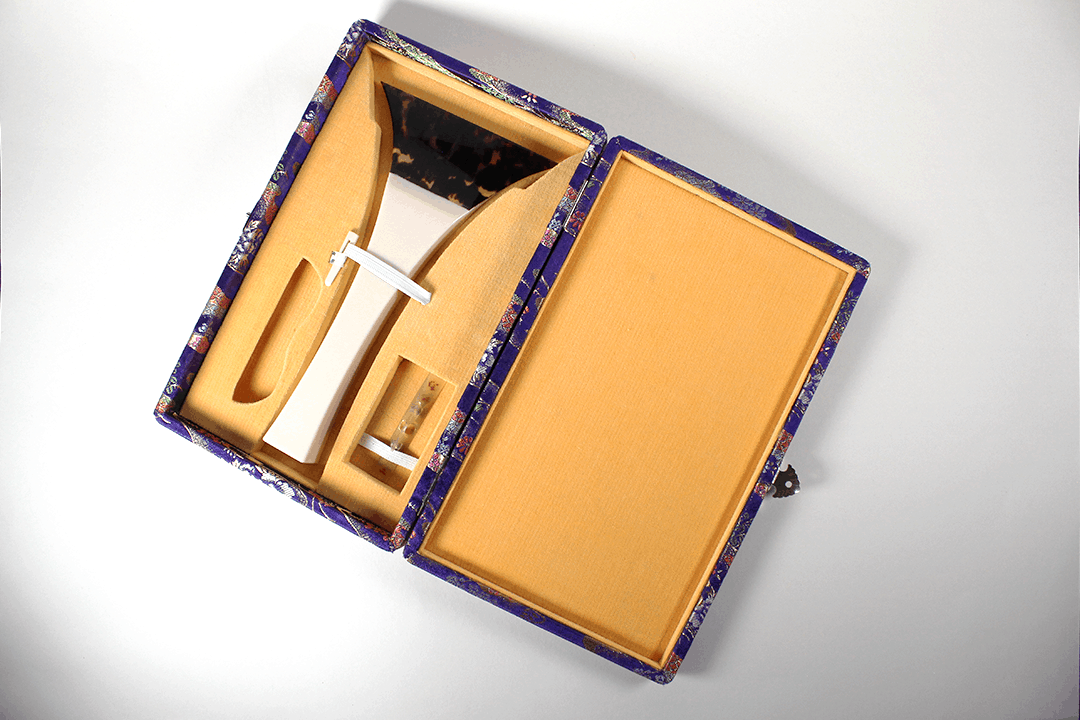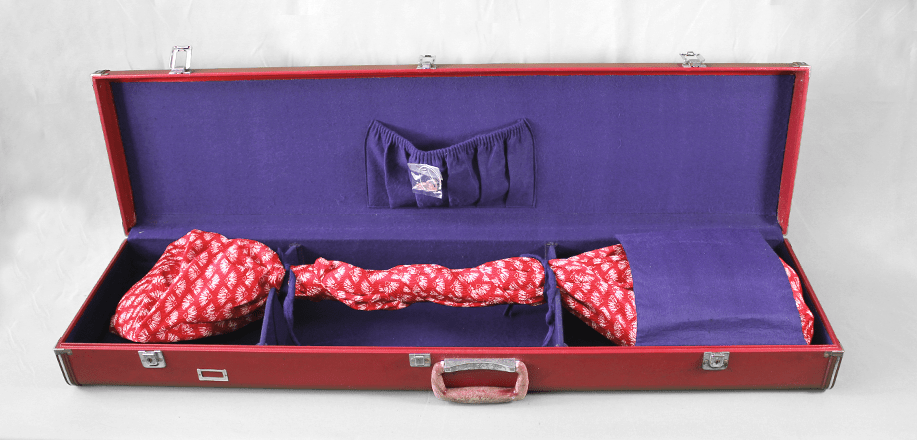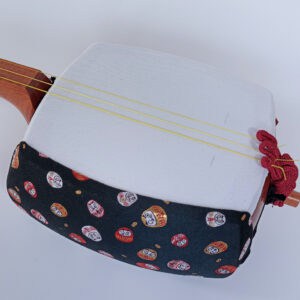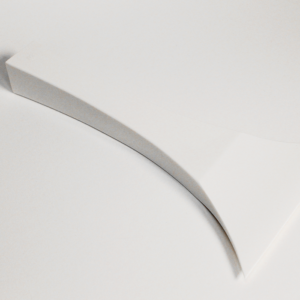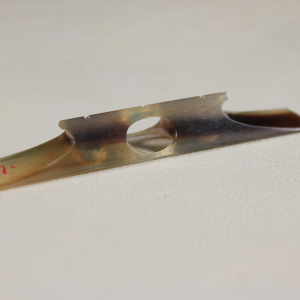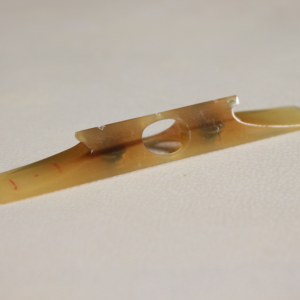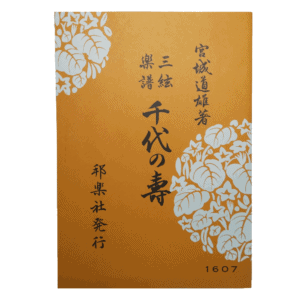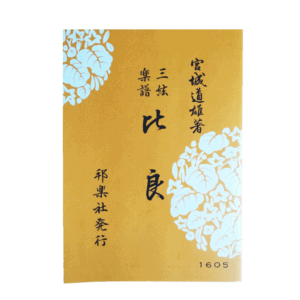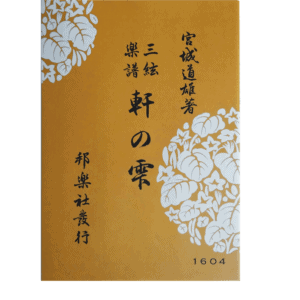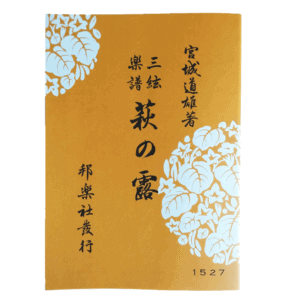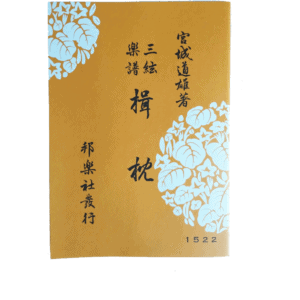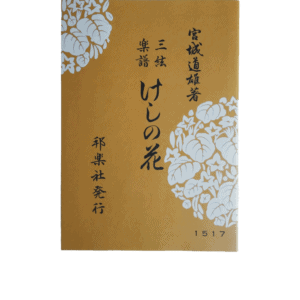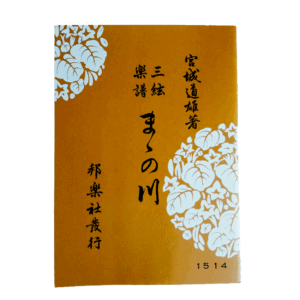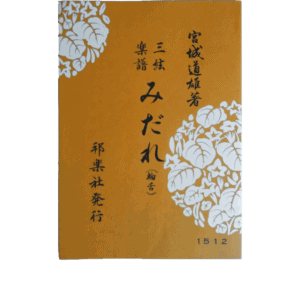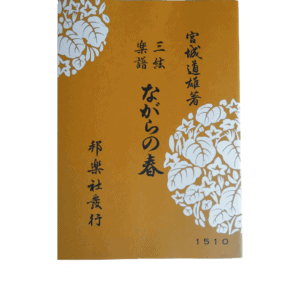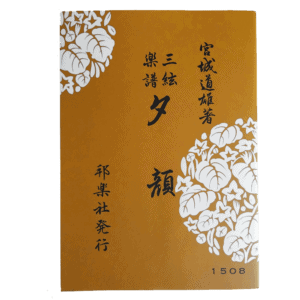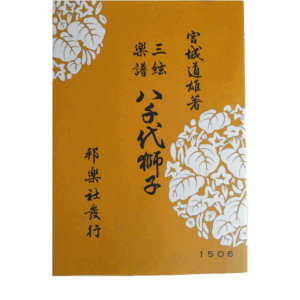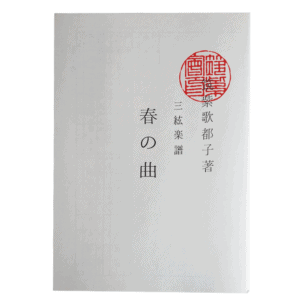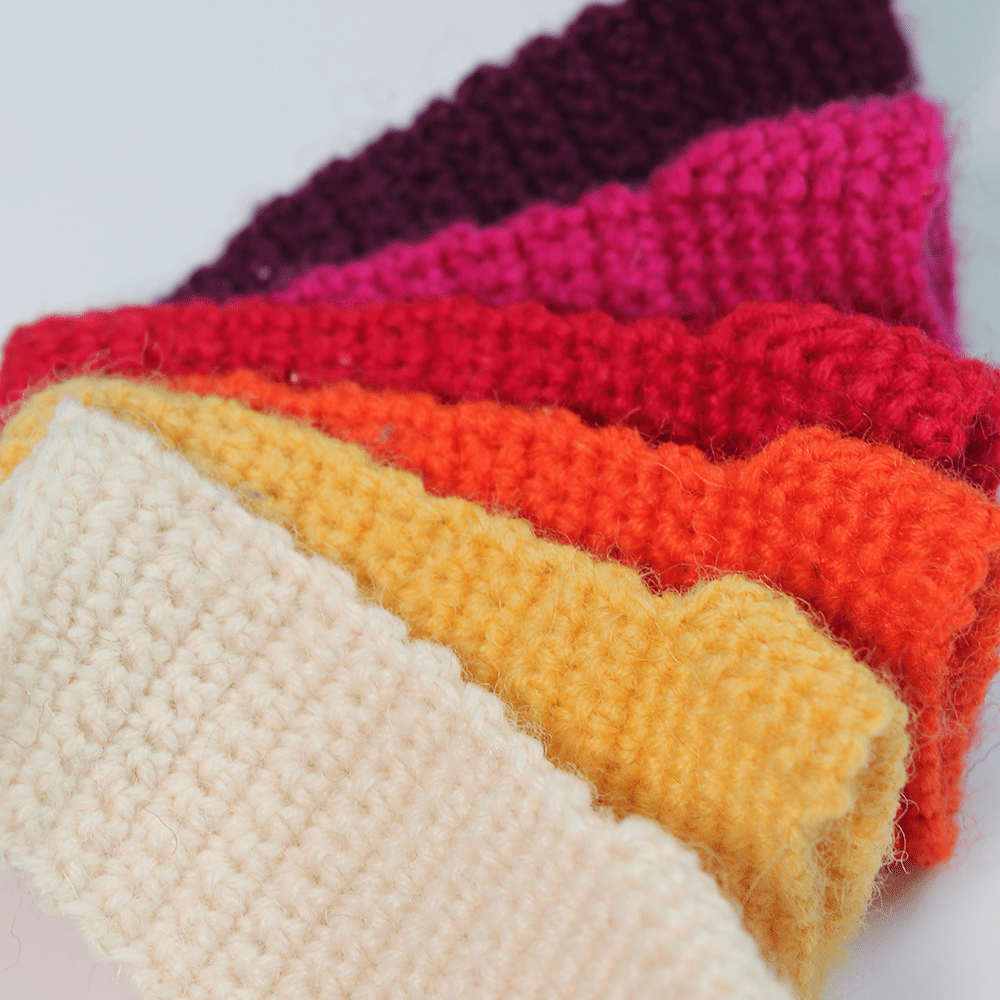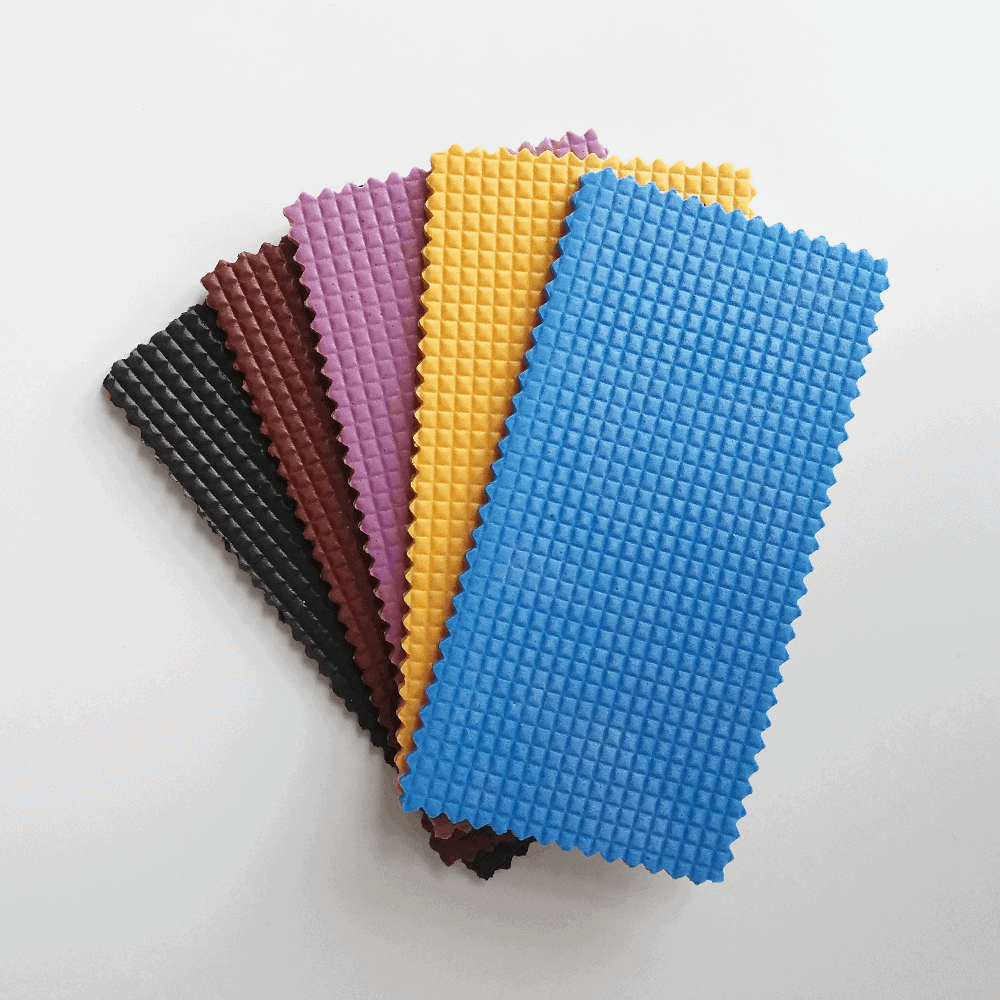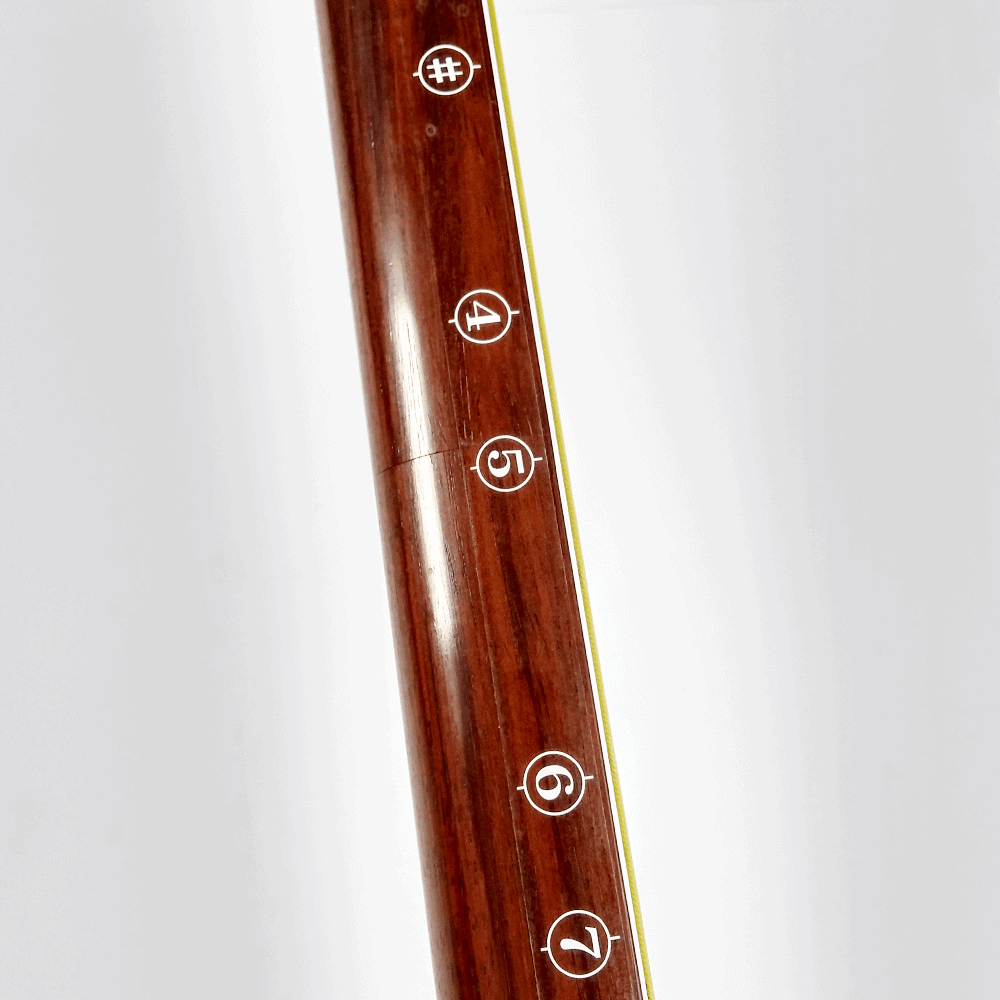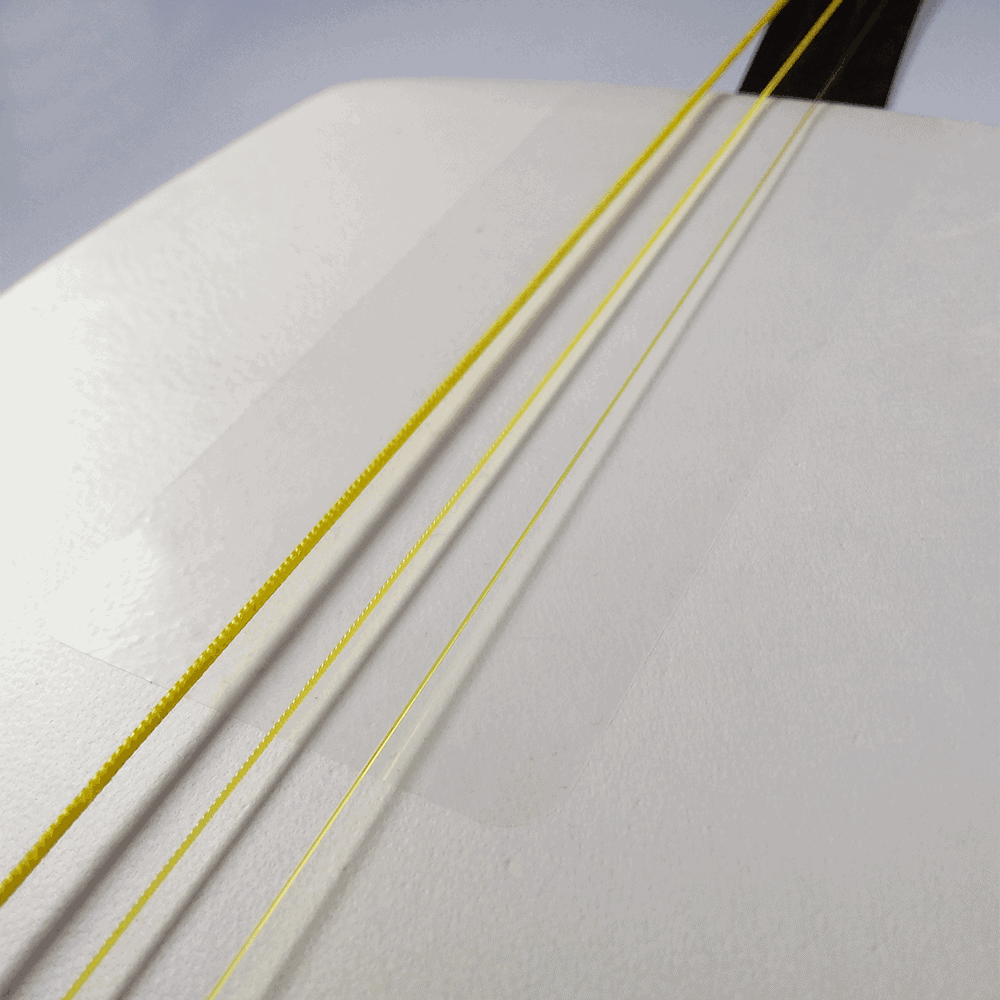Back to the Roots
Jiuta is the oldest style of shamisen music and thus a predecessor to many other styles. It developed as an instrumental genre with singing. When the shamisen was introduced to kabuki theater accompaniment, it developed into its own genre eventually: Nagauta. Sankyoku is an important non-vocal ensemble involving Jiuta Shamisen is the which consists of koto, shamisen, and kokyu. The kokyu is often substituted with shakuhachi.
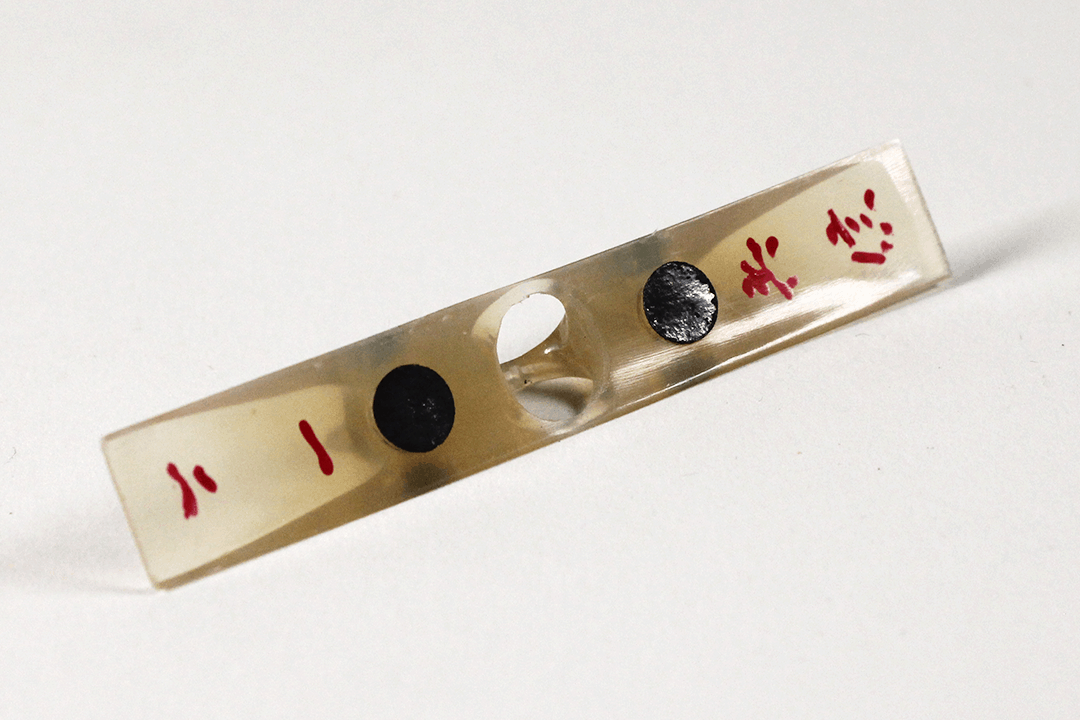
Size
The shamisen for Jiuta style have a medium-sized neck (chuuzao) and a pretty sturdy sound box. The fingerboard ends in a sharp angle that makes playing notes on high positions possible. The sawari (buzz) is created by lowering the thick string – the kamigoma is shortened and the thick string is nestled in a little groove in the wood. That’s called yama sawari in comparison to azuma sawari. The skins are stretched less tightly than for Tsugaru style, as the aesthetic asks for a more subdued tone – which is further emphasized by the jiuta koma. When you check out some Jiuta videos, you will notice that songs are also often played on shamisen that are built differently.
Bachi and Koma
The jiuta bachi is the largest bachi in the shamisen world. Not only is the handle very long, the blade is very wide as well and has long and very pointy tips. The bachi’s dimensions influence the playing technique as well. The jiuta koma is wide and heavy. There’s usually extra weights worked into the bottom side of the koma to further dampen the shamisen skin’s vibrations, resulting in a calmer tone that’s characteristic for Jiuta Shamisen.
KOMA
SCORES
Showing all 12 results
-
Jiuta Notation | 千夜の寿 Chiyo no Kotobuki
15,00 € -
Jiuta Notation | 比良 Hira
15,00 € -
Jiuta Notation | 軒の雫 Noki No Shizuku
15,00 € -
Jiuta Notation | 萩の露 Hagi No Tsuyu
17,00 € -
Jiuta Notation | 楫枕 Kaji Makura
17,00 € -
Jiuta Notation | けしの花 Keshi no Hana
16,00 € -
Jiuta Notation | ままの川 Mama no Kawa
16,00 € -
Jiuta Notation | みだれ Midare
17,00 € -
Jiuta Notation | ながらの春 Nagara no Haru
16,00 € -
Jiuta Notation | 夕顔 Yuugao
16,00 € -
Jiuta Notation | 八千代獅子 Yachiyo Jishi
16,00 € -
Jiuta Notation | 春の曲 Haru No Kyoku
17,00 €
OTHER ACCESSORIES
Yubisuri
Ever enjoyed sliding over a hardwood floor in wool socks? Using the Yubisuri will bring you the same satisfying sensation when darting up and down your shamisen’s neck. starting at 12,00 €
Dougomu
Stop your shamisen from sliding off your lap while playing with this adhesive rubber mat. Non-adhesive options available, too. 6,00 €
Fujaku Strip
Mark the positions along your shamisen’s neck with this hand position marker. You can also just mark a couple of positions with individual markers. 8,00 €
Bachigawa
Protect your skin with this adhesive protective clear sticker. The extra layer is a good idea if you have a rougher playing style. 1,50 €
What else shall I get?
When you have covered all the basics you need to actually play the shamisen, you might want to level up on some accessories such as a new doukake or a different neo, to make your shamisen look more like “you”. But to make sure your shamisen stays as pretty and happy as it is for as long as possible, I recommend getting some items to keep your shamisen safe and beautiful first. Because the bachi is so very large, getting some extra protection for the bachi is a good idea, too.
Protection and Care
The most important thing to protect is the shamisen’s skin. If you have a shamisen with natural skins, you protect the dou from humidity with a washi bag. The next layer of protection – and pleasing to the eye, too – is a soft sleeve to wrap your shamisen in. If you ever want to transport your shamisen farther than from your living room to your balcony, I highly recommend getting a hardcase or at least a softcase/gigbag to get your shamisen safely from A to B. Please make sure you always remove the koma after you’re done with playing to take the pressure off the skin. Give the neck a quick rub with a soft cloth or a tsuyafukin and you’re shamisen is ready for its beauty sleep!
